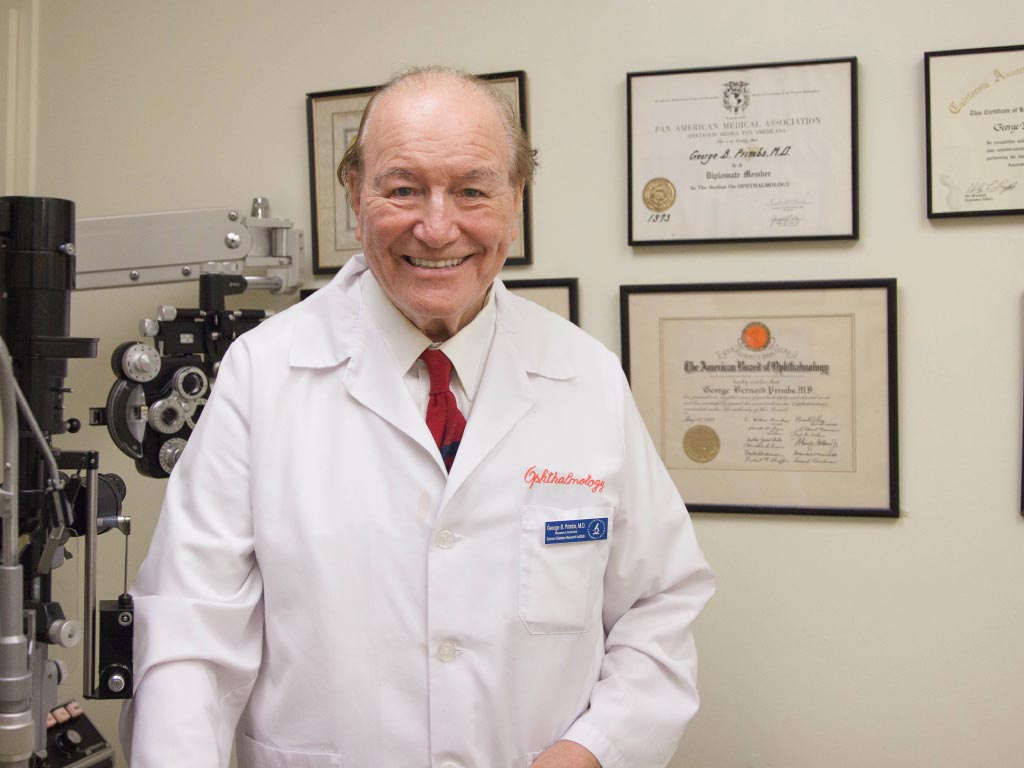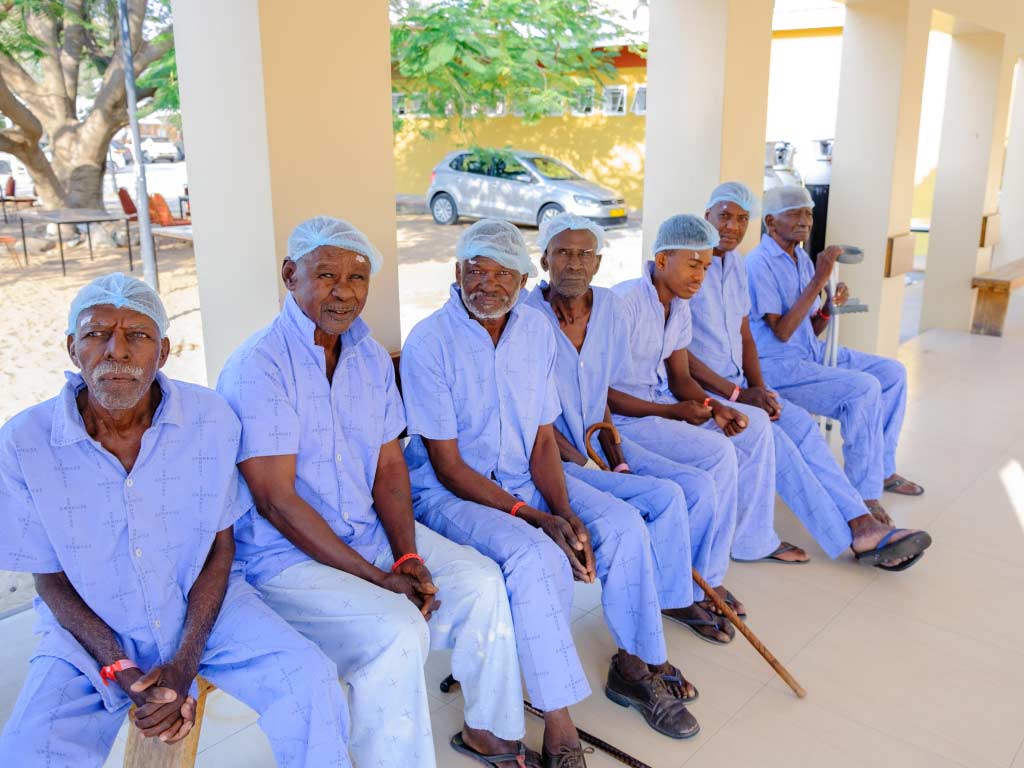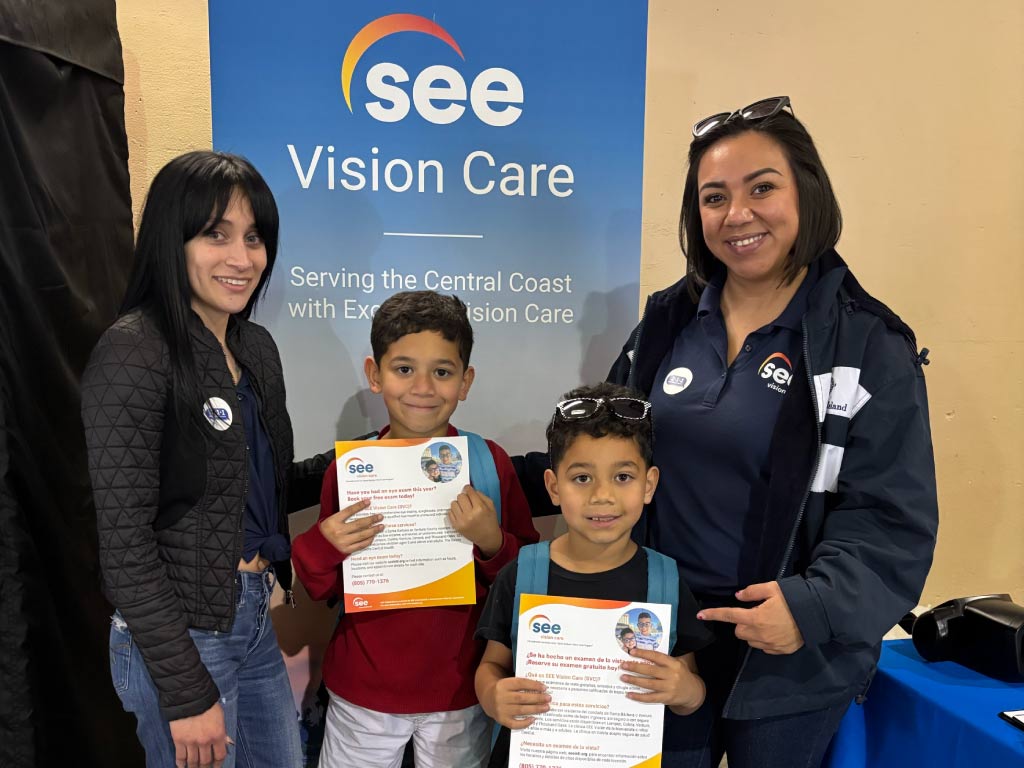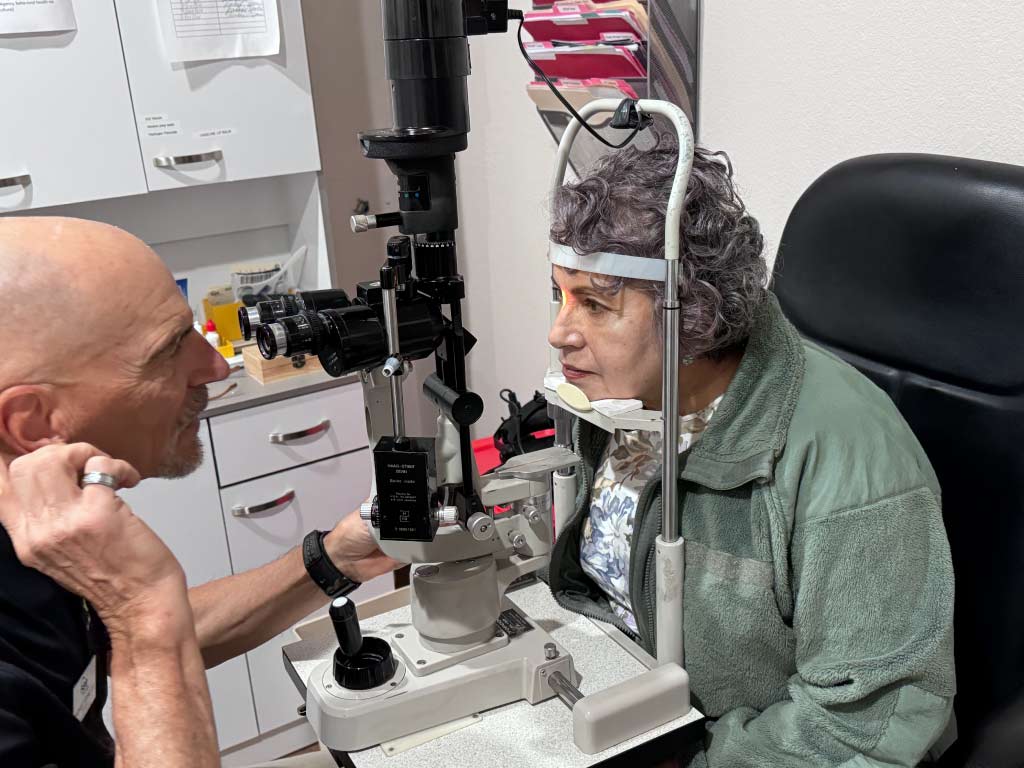We would like to honor and commemorate SEE Trustee Emeritus and friend, Dr. George Primbs, who passed away recently. Dr. Primbs was a key figure at SEE International since its inception in 1974.
Before SEE
In 1958, Dr. Primbs was drafted into the U.S. Air Force as a Captain Flight Surgeon and sent to the Wheelus Air Base in Tripoli, Libya, where he and his wife, a registered nurse, spent the next two years. After being discharged, the World Health Organization (WHO) requested that Dr. Primbs and his wife join a team of two other ophthalmologists to survey Trachoma incidence in North Africa and recommend treatment for this blinding disease. Their survey found a high prevalence of trachoma in the area, with over 50% infected and at risk for blindness. They estimated that it would take 30 years to eradicate despite the existence of effective treatment options.
With funding from the U.S. Overseas Mission (USOM), the United Nations built a hospital complete with the latest technologies and services, where Dr. Primbs and his team could provide care and perform surgeries under modern conditions. During this time, they also travelled throughout North Africa to administer treatment for people suffering from vision loss.
When traveling across borders, however, Dr. Primbs—alongside his wife and the two other ophthalmologists he was originally teamed with—experienced issues with customs agents who frequently wanted under the table money to grant them entry into other countries. They also experienced issues with retaining their equipment, as they were often told they could not leave with their expensive eye examining microscopes and materials without paying customs. Nevertheless, Dr. Primbs and his team performed cataract surgeries—often under difficult conditions—throughout North Africa as a good will humanitarian gesture.
Involvement in Starting SEE
Nine years later, Dr. Primbs had established a private practice in Santa Barbara, during which time he was also a Clinical Professor at UCLA Jules Stein Eye Institute. He had also established an Eye Bank and surgical center at the local hospital. SEE’s founder, Dr. Harry Brown, was Dr. Primbs’ student resident at the time, and had learned about all the difficulties Dr. Primbs faced doing humanitarian work in North Africa. While growing more acquainted, the two had several conversations about taking action against world blindness.
Inspired by Dr. Primbs’ work, Dr. Brown had the idea to spend a year travelling around the world to meet with medical directors in foreign countries in an effort to circumvent the problems that Dr. Primbs had encountered in North Africa. Dr. Brown also went to Washington embassies for permission to avoid customs when transferring materials across cross borders. During this year-long trip, Dr. Brown and Dr. Primbs were always in contact with one another, and Dr. Brown established contacts with foreign health ministers and ophthalmologists to identify the ophthalmic needs of underserved areas.
Upon Dr. Brown’s return to Santa Barbara, Dr. Primbs agreed to build an office above his practice, where Dr. Brown could begin SEE International and treat patients in their local community. Dr. Primbs also got his local club, Downtown SB Host, to donate a large sum to get SEE Internatioanl started. He subsequently hosted SEE’s Incorporation meeting at La Cumbre Country Club.
On one of SEE’s first official international programs in Mexico, Dr. Primbs joined Dr. Brown in training local medical professionals and developing support packages at the local hospital. From then on, the two worked together to continue sending teams to Mexico and the rest of the world.
Dr. Primbs thus became a founding Board Member of SEE International, serving as Chairman of the Board, as well as the President and CEO until 2007. Even after stepping down as President and CEO, Dr. Primbs remained active in nonprofit organizations and the health of his community throughout the rest of his life.
While the SEE team mourns Dr. Primbs’ departure, we find solace in honoring his extraordinary accomplishments and applaud his legacy as a compassionate and generous individual who consistently demonstrated a profound concern for others throughout his life.






